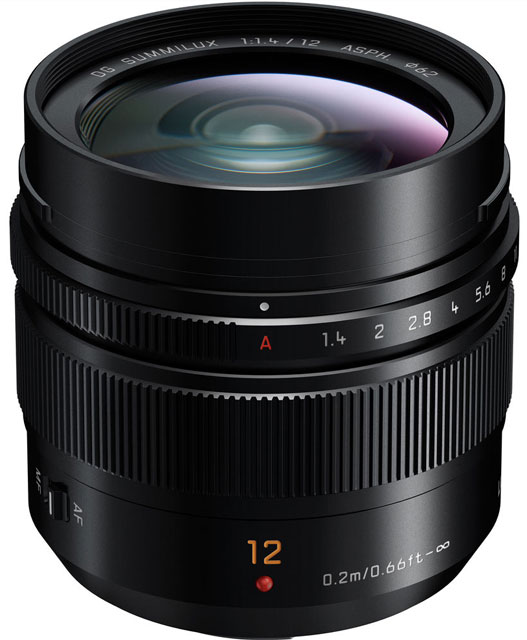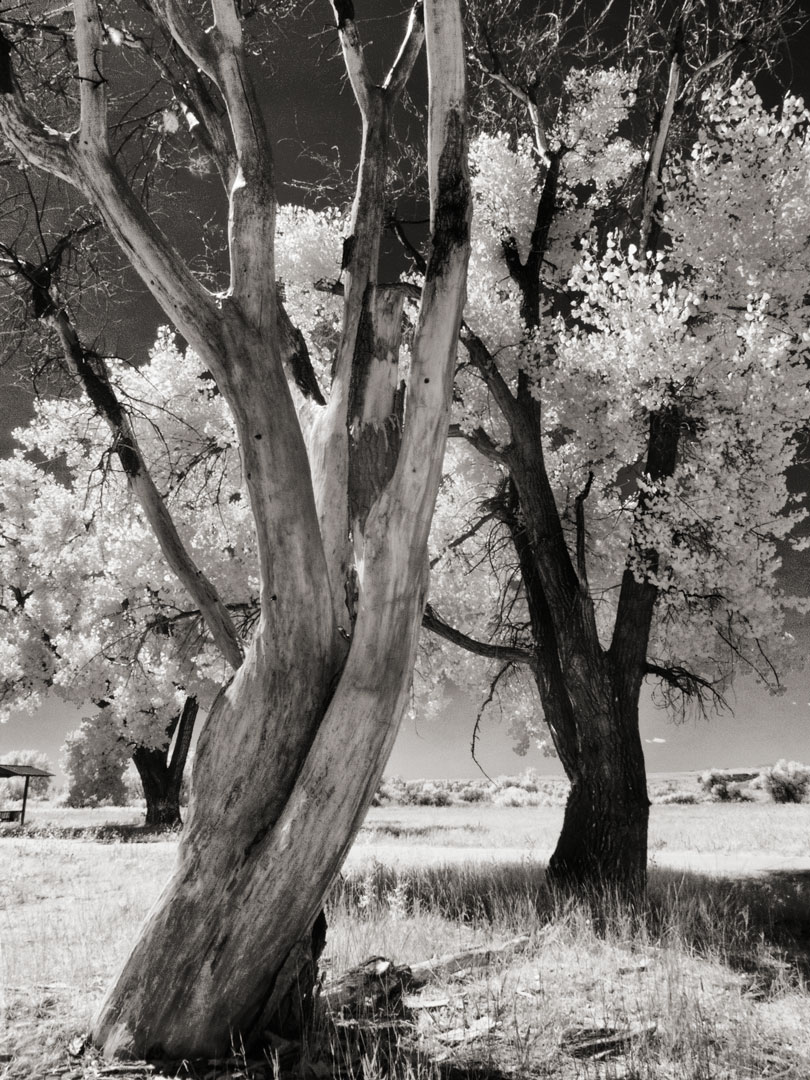Today’s Post by Joe Farace
 I think infrared images made with wide-angle lenses have more power than those that are shot using longer focal length lenses. That’s why the first thing I did after receiving the 12mm Panasonic Leica DG Summilux f/1.4 ASPH lens for testing was to head down to McCabe Meadows to shoot some infrared images with my Lumix G6 that was converted for infrared capture by LifePixel.
I think infrared images made with wide-angle lenses have more power than those that are shot using longer focal length lenses. That’s why the first thing I did after receiving the 12mm Panasonic Leica DG Summilux f/1.4 ASPH lens for testing was to head down to McCabe Meadows to shoot some infrared images with my Lumix G6 that was converted for infrared capture by LifePixel.
This is, not surprisingly, a beautifully crafted lens and I guess it should be for almost $1300. With the 12mm Summilux mounted on the relatively lightweight Lumix G6 the balance was surprisingly good. Exposure for the below image was 1/100 sec at f/16 and ISO 400.
How I made this shot: When I received the lens it was late fall and about the same time when the Wood Effect was beginning to fade for the year. One of my favorite trees at McCabe Meadows already had a surprising number of leaves that were wilting and falling off. If I didn’t shoot infrared in the Meadows now, later on will be too late. Don’t think about it, just shoot it now. This is good advice no matter what kind of photography you do.
 A few words about flare: Not only is noon the best time to shoot infrared photographs but because the sun is directly above, flare is less of a problem, especially when shooting IR with wide-angle lenses.
A few words about flare: Not only is noon the best time to shoot infrared photographs but because the sun is directly above, flare is less of a problem, especially when shooting IR with wide-angle lenses.
If you’ve shot infrared away from prime-time IR hours, you know that flare can be an issue. Alas the nicely made lens hood that Panasonic includes with the lens is not much help.
When I was making these images, even close to noon, flare kept creeping in and for some of the shots I had to use my hand to shade the front element of the lens. For the above image, I used PhotoKit’s Burn function to tone down a small hot spot near the center of the image. I also used PhotoKit’s toning function to add a Platinum tone to the monochrome image that was converted using Silver Efex Pro.
The other thing that this session taught me was that as soon as I think I’ve got a handle on proper infrared exposure techniques, I discover that I don’t, which is especially true when shooting with really wide-angle lenses. This is something I also discovered with my newly acquired Lumix G Fisheye 8mm f/3.5 lens. (Look for a post about that lens real soon now.) You shouldn’t count on the camera’s LCD to give you any help. What looks good on the EVF or LCD may not look so great when you open the RAW file with your computer. I’m convinced that I’m going to start shooting two-stop bracket sequence until all the leaves drop off, which they have longer before now. PS: That doesn’t mean that I’m not going to use the Lumix G Fisheye 8mm f/3.5 to shoot some winter infrared.
I later used the lens with my Olympus E-M10 Mark I to photograph cars and on that particular camera the 12mm Panasonic Leica DG Summilux f/1.4 ASPH lens didn’t feel as balanced, even though I was using Oly’s grip, which adds a tiny bit of heft to the camera. The lens felt more balanced on the Lumix, yet looked awesome on the E-M10.
 I’ve found that Life Pixel does a great job with IR conversions and they have done most of my Canon DSLRs and all of my Panasonic Lumix G-series mirrorless cameras. This is not a paid or sponsored endorsement, just my experience.
I’ve found that Life Pixel does a great job with IR conversions and they have done most of my Canon DSLRs and all of my Panasonic Lumix G-series mirrorless cameras. This is not a paid or sponsored endorsement, just my experience.
My book, The Complete Guide to Digital Infrared Photography is available from Amazon for $41.99 but used copies starting around nineteen bucks as I write this. Creative Digital Monochrome Effects has a chapter on IR photography and is available from Amazon for $25.40 with used copies start around two bucks, less than your next cup of joe at Starbucks.